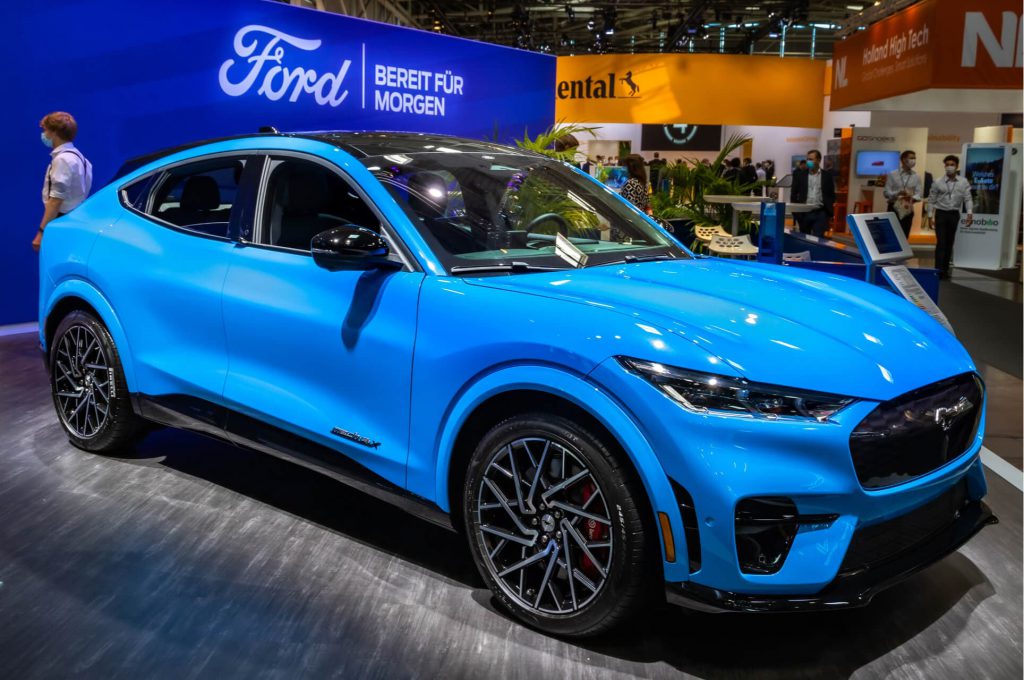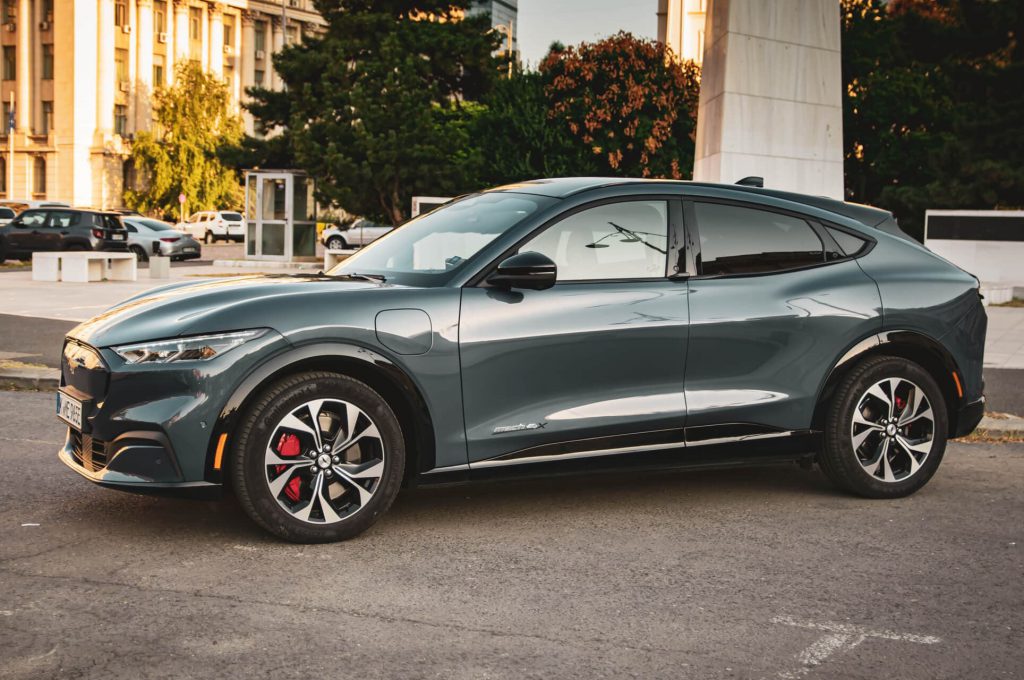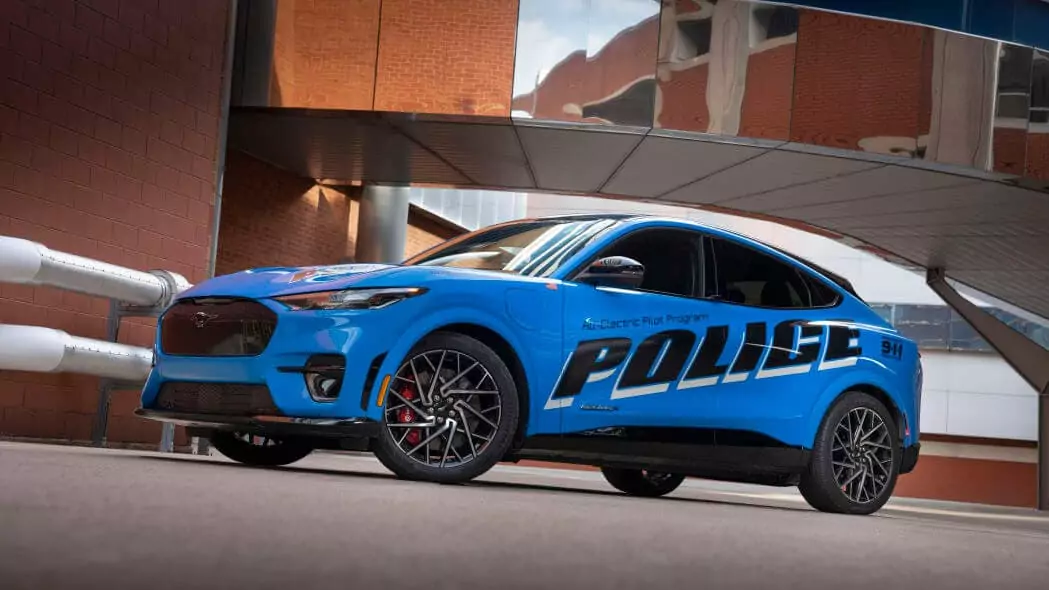In the past ten to fifteen years we’ve seen electric car technology take some massive leaps forward. Although people have toyed with the idea of electric cars since the late 1800s, fully electric cars have struggled to compete with the classic internal combustion engine. Arguably, this changed with the release of the Tesla Roadster in 2008, marking the birth of the modern electric car. Suddenly we had a fully electric car that could go toe-to-toe with any other vehicle on the road. And now we’re seeing the next phase in this evolution: the electric police car.
A QUESTION OF ECONOMICS
Although we live in a world that’s increasingly environmentally conscious, that’s not the strongest argument for bringing electric cars onto a police department’s fleet. Instead, the issue is one of cost-cutting. Although the initial outlay for a customized electric vehicle may be a little more than a regular police cruiser, the savings add up over time. Some police departments have already experimented with converting regular model electric cars, such as the Nitro Police Department in West Virginia. They bought a Tesla Model 3 and then outfitted it with custom lights and radios for a total of $42,000. While this cost them about $5,000 more than a regular police cruiser, they predict that the vehicle will make $4,000 back per year in fuel and maintenance savings.
This is likely to be a conservative estimate of the annual savings they will make by going electric: patrol vehicles are used so heavily that fuel and maintenance savings will be exponentially more than for a civilian vehicle. The Bargersville Police Department in Indiana, who have been testing the Tesla Model 3 since 2019, estimate that they have saved around $64,000 per year per car. It’s safe to say that these incredible savings more than justify the initial cost of the vehicles.
ON TRIAL IN THE UK
UK Police are no strangers to American cars. Although local forces such as London’s Metropolitan Police currently use BMW 525d and 530i saloons, in the 80s and 90s the road policing units had access to Ford Mustang SSPs for use as highway pursuit vehicles. And it looks like the Mustang might be back, as several police departments are looking into converting Ford Mustang Mach-Es for police use. Although only one has been produced as a trial vehicle so far, the UK police have plans for converting the Mach-E Standard Range AWD model for use as patrol vehicles. Basically, this involves taking the standard model vehicle and adding police livery and lights, sirens, rooftop beacons and other equipment. The lights and sirens reportedly run off a separate 12-volt battery so as not to reduce the vehicle’s range.
COMING TO THE USA?
Of course, Ford has a great relationship with police forces at home in the USA as well. Between 1982-93, Ford sold about 15,000 Mustang SSPs across 35 states and Canada. There’s obviously a good market there for Ford, and now they’re looking to fill the same gap with their new electric Mach-E model.

The city of Ann Arbor, Michigan, has commissioned two Mustang Mach-E GT Police Interceptors for use as patrol cars. This seems to be a two-way trial, with the Ann Arbor police testing the vehicles for suitability and Ford gathering data and feedback on the performance of the cars. Although Ford has expressed an interest in producing electric cars for police use, it may not necessarily be the Mach-E or even a converted model of the vehicle. What they have said specifically is that they will be producing “all-electric, purpose-built law enforcement vehicles”. In other words, the Mach-E seems to be a starting point for trial purposes as opposed to Ford’s final offering.
The decision by Ann Arbor seems to be based on a mixture of environmental and economic concerns. The city has a ‘green fleets’ policy which would be served by having zero-emissions police vehicles in use. And as mentioned above, although the initial costs of the vehicles may be higher, they should pay for themselves over time. City council documents show that the Mach-E AWD vehicles cost $47,000 each. However, not only will this cost be absorbed by the savings in fuel and maintenance, the police department will benefit financially from supporting green policies. Ann Arbor’s Sustainability and Innovations Office will contribute $30,500 toward the initial purchase price of the vehicles, meaning the police department only has to cover the remainder.
BUT CAN IT PERFORM?
The obvious reason that we haven’t seen electric police vehicles before now is that there are questions about performance. However, with the advancement of electric car technology, this shouldn’t be a problem.
One prime example is the Mach-E: is a high-performance vehicle through and through. The Mach-E can go from 0-60mph in 5.2 seconds, a full second faster than the classic Mustang SSP. And that’s just the regular model. The commissioned GT Performance model has a 480 horsepower engine, a top speed of over 130mph, and can go from 0-60mph in an amazing 3.5 seconds. While the Mustang SSP was a 2-door coupe, meaning that while it could chase down fleeing vehicles it wasn’t great for transporting arrested suspects, the Mach-E AWD is a 4-door SUV with a big trunk, a far more practical option.

The range is always a big question when it comes to electric vehicles. The Mach-E has an official range of 230 miles, although in real-world conditions this is probably closer to 210 miles. This range will drop lower in cold weather, as using the cabin heating warms the battery. While this is certainly lower than a gasoline-powered car, the idea is that the vehicle is kept on charge any time the officers return to the department to fill out paperwork or during shift changes.
Electric vehicles are an increasingly common sight on our roads, and it seems like this is just the beginning. Whether it’s the Ford Mustang Mach-E, Teslas, or new models we haven’t even seen yet, it will be interesting to watch as the trend evolves and electric cars inevitably become a standard feature of police departments around the country.

